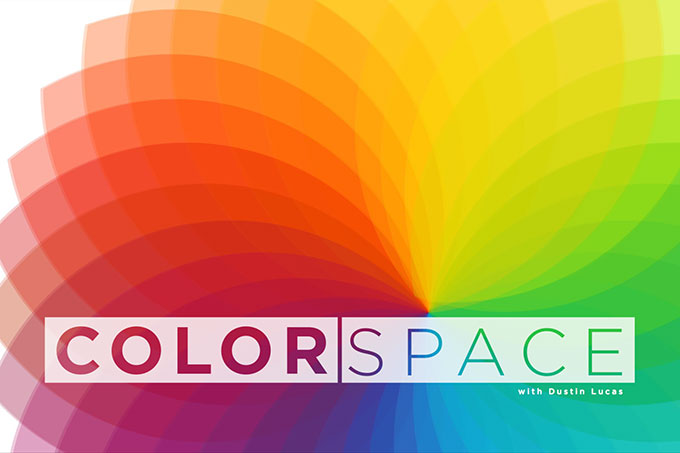Color Space and your photography
Capturing the most out of my subject matter has always been my biggest challenge. Whether it’s landscapes, architecture or portraits, I want to have a fine-tuned image before I get to post-production. In terms of color, I know that white balance determines this in-camera, but what else can I do to get the same color tonality as the award-winning work I see in magazines? Am I missing something? One of those answers lies in the process of color space and how you incorporate it into your workflow.
You have a controlled workflow, don’t you? No need to worry: I will get you on track so you can have all the control you may have been lacking.
Now we are getting into a popular debate: sRGB versus Adobe RGB. This is exactly where we need to be! Standard RGB, or sRGB, was developed for the purpose of Web usage and consumer printing. Adobe RGB has a wider range of tonality, and is best for shooting colorful subject matter. This enhances green and cyan colors far better than sRGB, but it requires color management. Adobe claims that it has over 30 percent more color space than sRGB. JPEGs have up to 16 million colors, so don’t let its compressed-file type turn you away. Choosing color space becomes important in-camera when using JPEGs because the gamut of captured colors is limited during its recording. RAW files require advanced photo software to interpret color space. For more control in your workflow, I recommend shooting in RAW.




